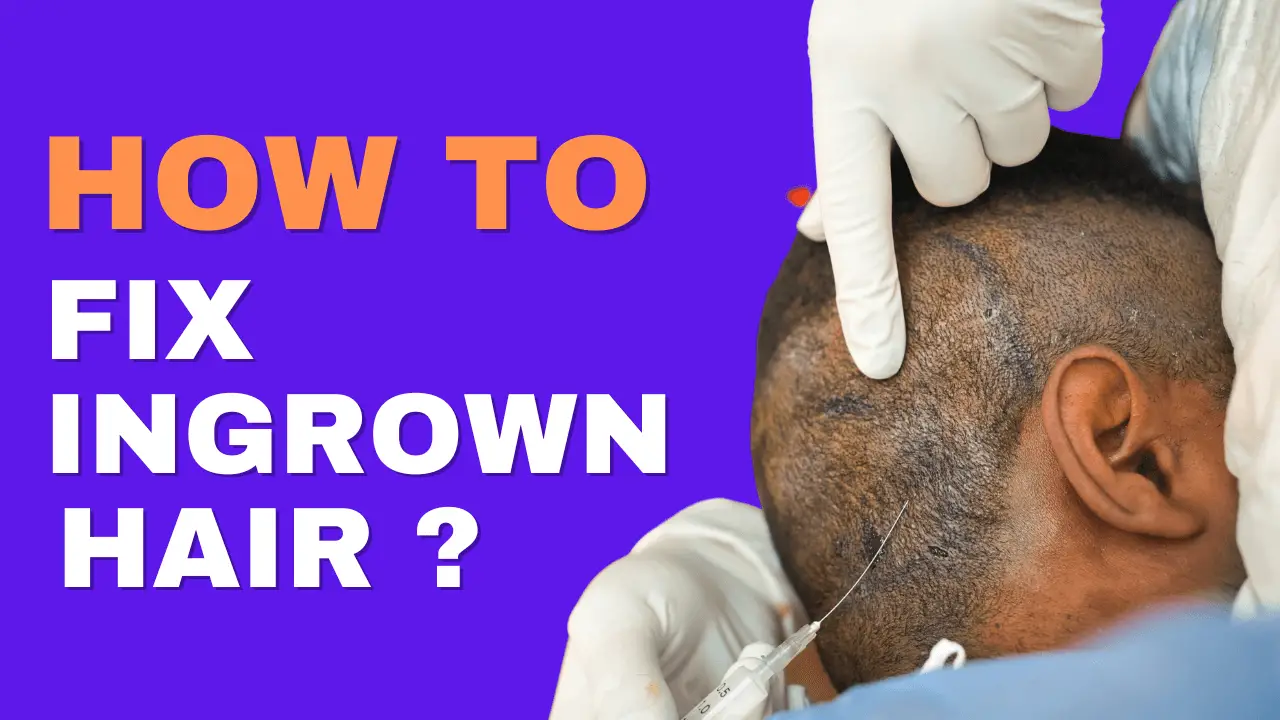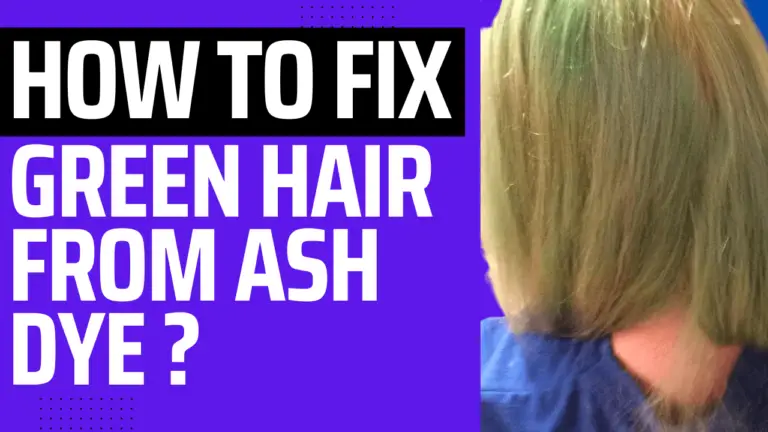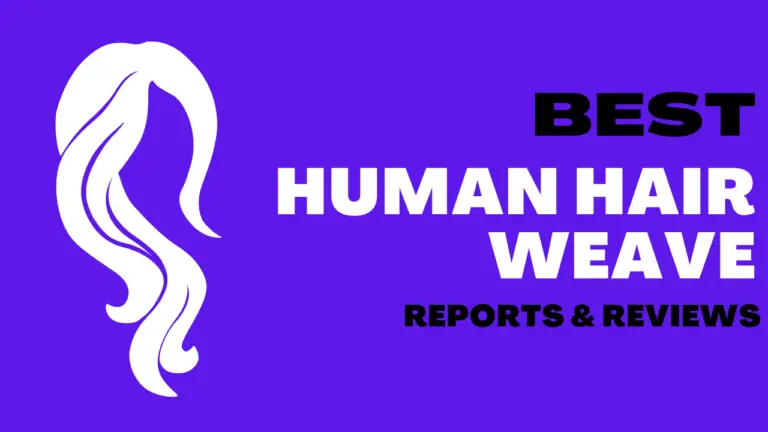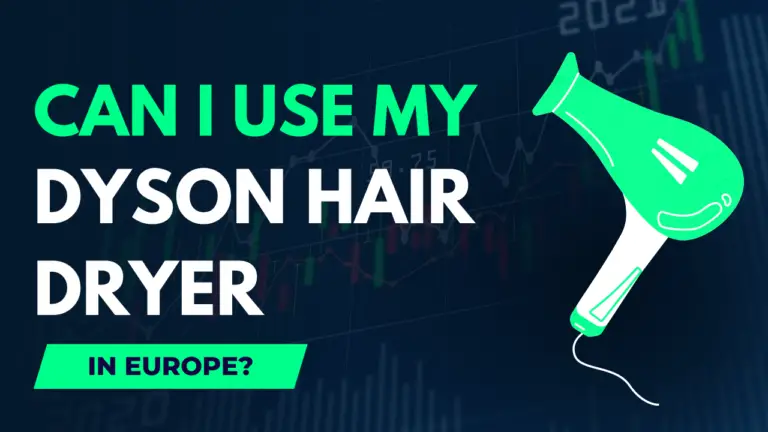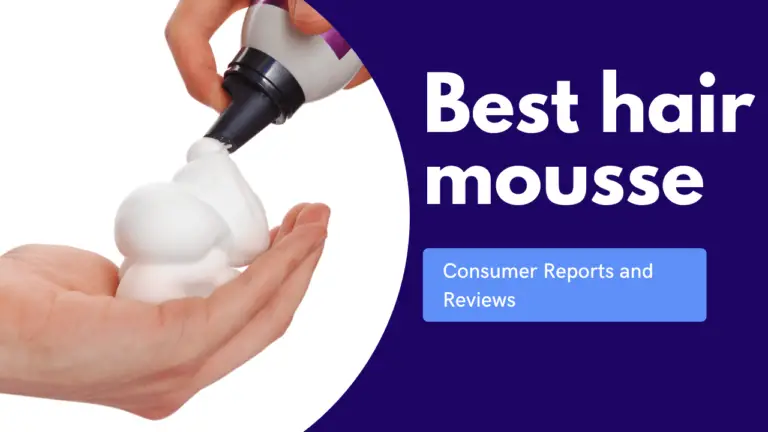How To Fix Ingrown Hair?
Last Updated on September 25, 2023 by Emily
If you have ever experienced ingrown hair, you know how irritating and uncomfortable it can be. While they are most commonly found on the face, neck, armpits, and pubic area, ingrown hairs can occur anywhere on the body where hair grows. Though they are not dangerous, they can be quite painful and unsightly.
If you’re having trouble getting rid of ingrown hair, see your doctor or dermatologist for Professional help. They can prescribe medication or perform a minor procedure to remove the hair.
Contents
Fastest Ways To Get Rid Of Ingrown Hair
The best method for you depends on your problem’s severity and skin type. If you’re looking for the fastest way to get rid of ingrown hair, you’ll want to try one of these methods:.
- Use a tweezer: This is probably the quickest and most effective way to remove an ingrown hair. Simply grip the hair with the tweezer and pull it out.
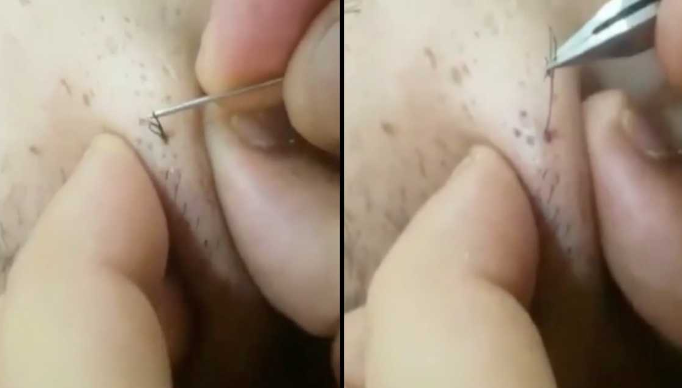
Use a tweezer - Use an epilator: An epilator is a small, handheld device that uses rotating blades to remove hair. It’s not as fast as a tweezer, but it can be more effective at removing multiple hairs at once.
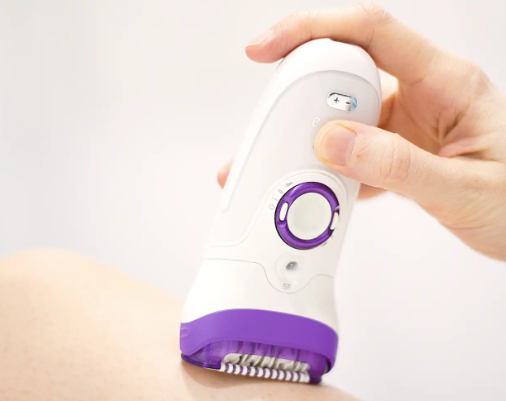
Use an epilator - Use a depilatory cream: Depilatory creams are designed to dissolve hair, so they can be a good option if you’re looking to remove multiple ingrown hairs at once. Simply apply the cream to the affected area and wait for the hair to dissolve.
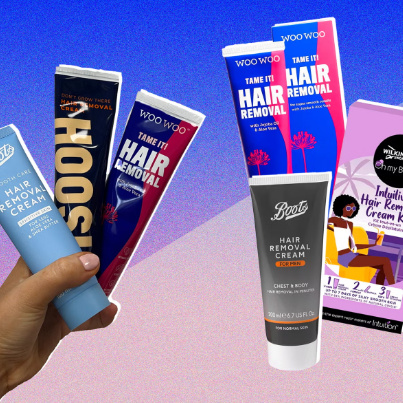
Depilatory Cream: Benefits, Risks and How To Use - Use an exfoliating scrub: Exfoliating scrubs can help to loosen and remove ingrown hairs. Simply massage the scrub into the skin in a circular motion and then rinse away. Repeat this process several times per week for best results.
Treatment Of Ingrown Hair
There are several things you can do to treat ingrown hairs, including:
Prime the Pubic Area
- Trim the hair in the area with scissors or an electric trimmer before shaving.
- Wet the area with warm water before shaving. This will help to soften the hair and skin, making it easier to shave.
- Apply a shaving gel or cream to the area.
- Shave in the direction of hair growth. Shaving against the grain can irritate the skin and lead to ingrown hairs.
- Rinse the area with cool water after shaving.
- Apply a light moisturizer to the area. This will help to keep the skin hydrated and will also help to reduce irritation.
Using a single-bladed razor:
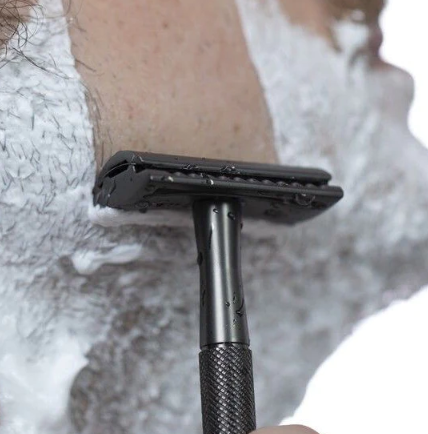
A single-bladed razor is less likely to irritate a multi-bladed razor. Make sure that the razor is sharp. A dull razor can pull at the hair and lead to ingrown hairs. If using an electric razor, ensure the blades are clean and sharp. Avoid shaving over the same area multiple times. This can irritate the skin and lead to ingrown hairs.
Laser hair removal:
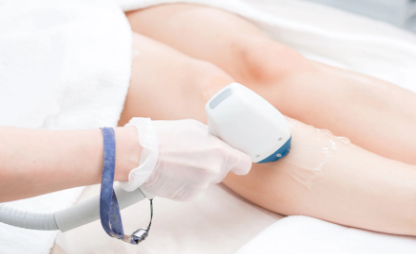
Laser hair removal can be an effective way to reduce the chances of ingrown hairs. The laser destroys the hair follicles, preventing hair from growing back. It’s important to note that laser hair removal is a long-term treatment and will require multiple sessions to be effective.
Non-razor hair removal options:
If you’re prone to ingrown hairs, you may want to consider non-razor hair removal options such as waxing, sugaring, or epilating. These methods remove the hair from the root, which can help to prevent ingrown hairs.
Symptoms Of Ingrown Hair
- Skin irritation: When dead skin cells accumulate on the skin’s surface, it can create a blockage in the hair follicle. If this happens, the hair cannot grow outwards and instead starts to grow back into the skin. The result is ingrown hair, which can often become irritated and may also form a pus-filled blister
- Small bumps with hairs in the middle of your face: These are typically ingrown hairs that have become infected. You may also notice redness and swelling around the bumps
- Discoloration: You may notice discoloration around the affected area if the ingrown hair is infected. The skin may appear red, purple, or even black.
- Itching: An ingrown hair can often become quite itchy. If you scratch the hair, you may cause further irritation and infection.
Causes Of Ingrown Hair
Many things can cause ingrown hairs, including:
- Shaving: Shaving can often lead to ingrown hairs. This is because the razor can cut the hair too short, which then grows into the skin.
- Waxing: Waxing can also cause ingrown hairs. This is because the wax can pull the hair out by the root, which can then cause it to grow back inwards.
- Curly hair: Curly hair is more likely to become ingrown because it grows back on itself.
- Tight clothing: Tight clothing can rub against the skin and irritate the hair follicles, leading to ingrown hairs.
- Friction: Friction from activities like sports can also irritate the hair follicles and lead to ingrown hairs.
How can I prevent ingrown hair?
There are several things you can do to prevent ingrown hairs, including:
- Gently pull out the hair: If you see a hair growing inwards, gently pull it out with a tweezer.
- Apply warm compresses: Applying a warm compress to the area can help to soften the skin and hair, making it easier to remove the hair. Do this for 10-15 minutes, several times a day.
- Remove dead skin: Exfoliating the skin can help to remove dead skin cells that can clog up the hair follicles. You can do this with a loofah, exfoliating glove, or scrub. Do this once or twice a week.
- Use creams to reduce inflammation: Several over-the-counter creams can help to reduce inflammation and irritation. These include hydrocortisone cream, aloe Vera gel, and tea tree oil.
FAQS:
What Is Ingrown Hair?
An ingrown hair is hair that has grown back into the skin instead of up and out. This can happen if the hair is cut too short or if it’s curly and grows back on itself. Ingrown hairs can be painful and may cause redness, swelling, and irritation.
What happens if the ingrown hairs get infected?
If the ingrown hairs become infected, you may need to see a doctor for treatment. Infected ingrown hairs can lead to folliculitis, an inflammation of the hair follicles.
What treatments can you try at home?
You can do many things to treat ingrown hairs at home, including applying warm compresses, exfoliating the skin, and using over-the-counter creams.
How does ingrown hair affect my body?
Ingrown hairs can also lead to infection, which can cause further problems. If you have an ingrown hair, you may notice that the area around the hair is red, swollen, and painful. You may also see pus or fluid draining from the area.
Can you pop out an ingrown hair?
No, you should not try to pop out an ingrown hair. This can make the problem worse. Popping an ingrown hair can cause the follicle to become irritated and inflamed, which can lead to further discomfort and even infection. Instead, try one of the above methods to eliminate the offending hair.
Conclusion:
If you’re prone to ingrown hairs, consider laser hair removal or another non-razor hair removal method. You can also take steps to remove the hair and exfoliate the skin gently. If the ingrown hairs become infected, see a doctor for treatment. In most cases, ingrown hairs will go away on their own.
To prevent ingrown hairs in the future, make sure to shave in the direction of hair growth and to exfoliate your skin regularly. Try using a loofah or an exfoliating scrub to slough off dead skin cells and help prevent new ones from forming. Finally, avoid tight clothing that can irritate the skin and cause ingrown hairs.
